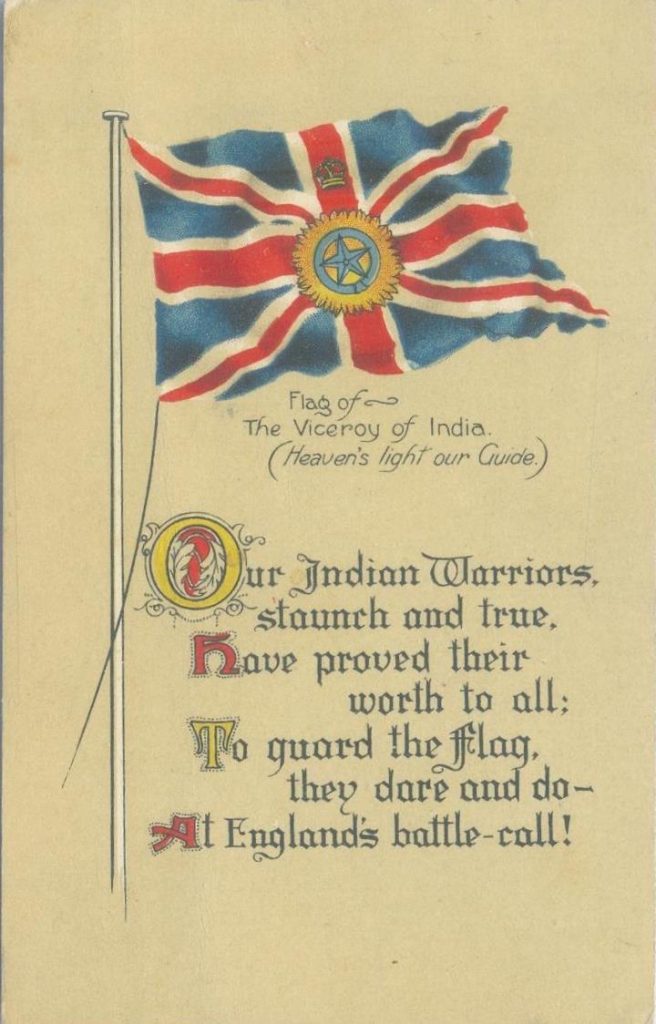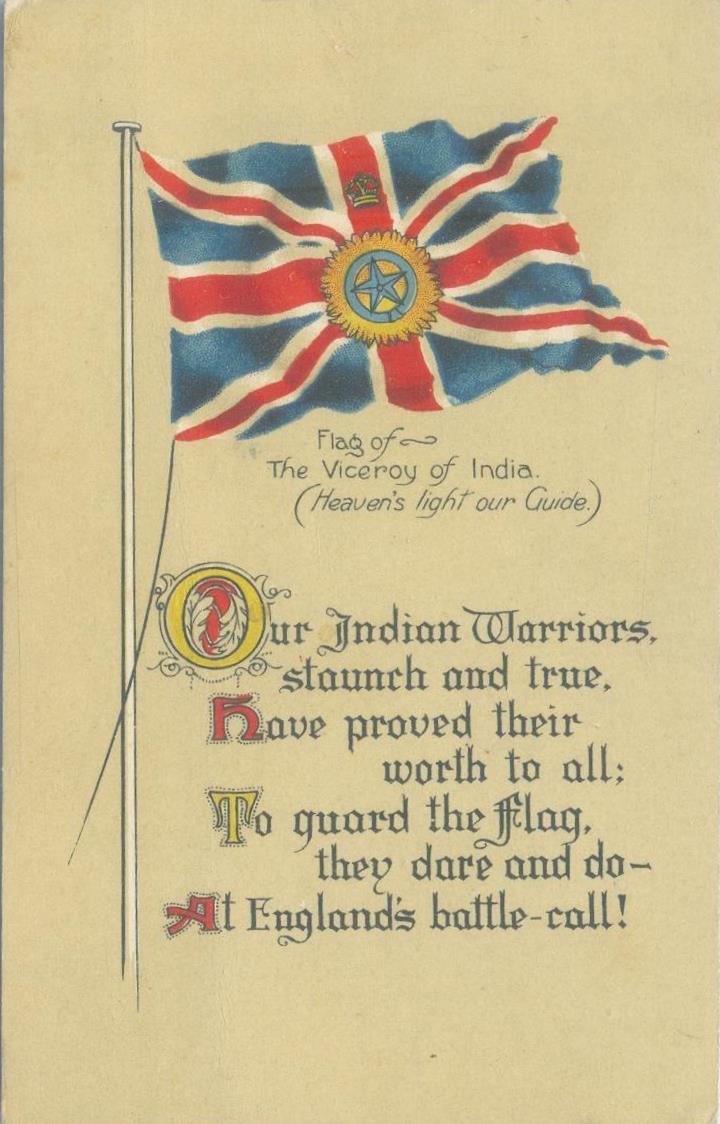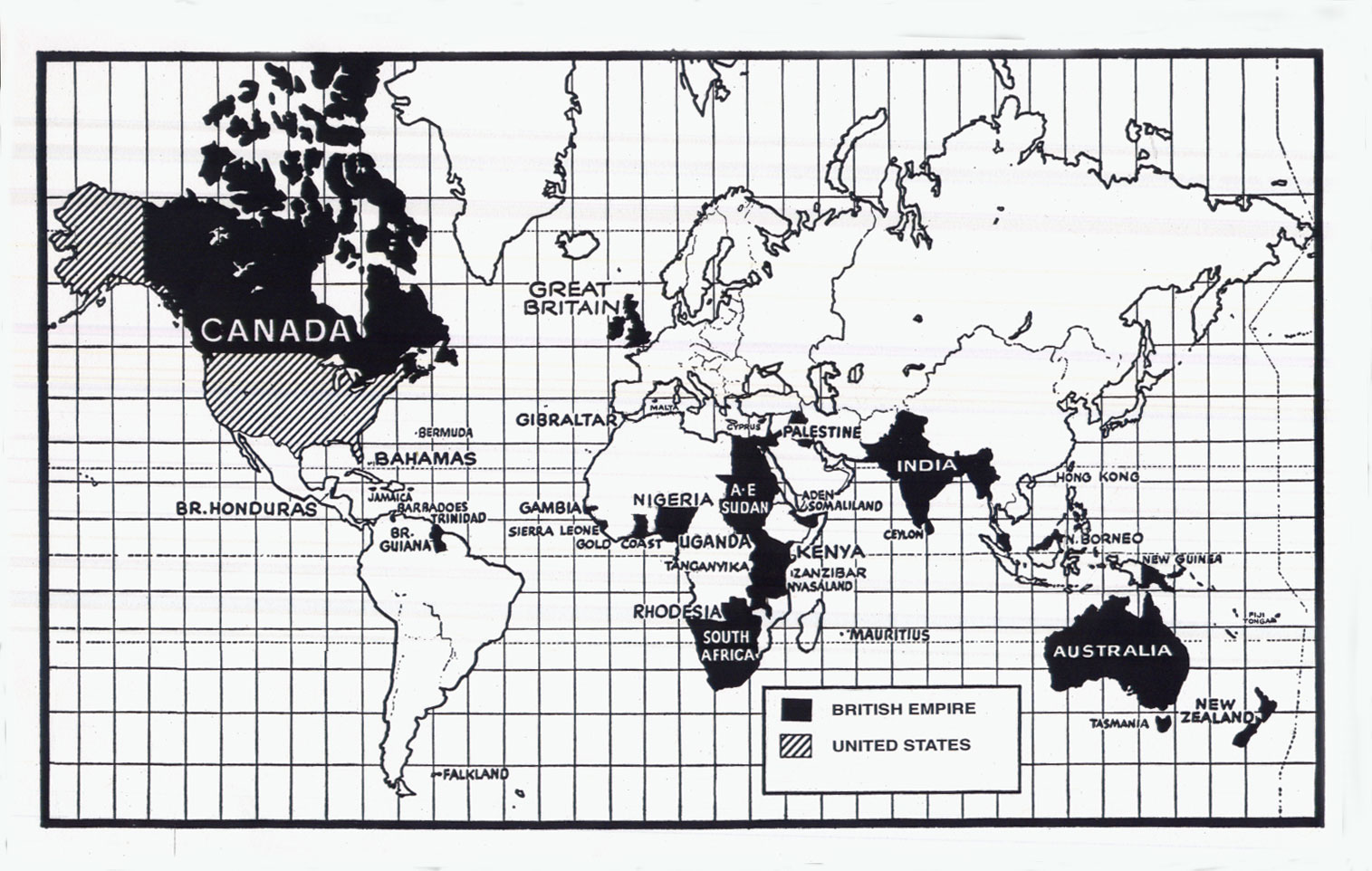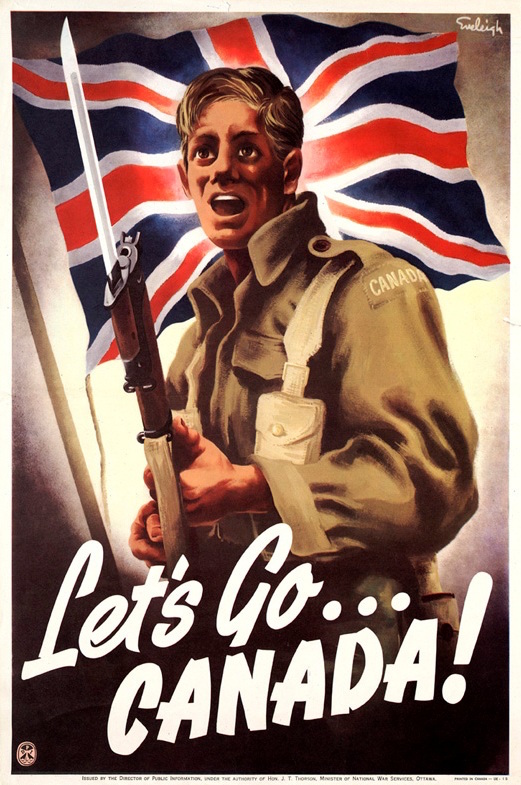
Finest Hour 168
Churchill & The Empire’s Armies

September 6, 2015
Finest Hour 168, Spring 2015
Page 11
By Raymond Callahan
 The period from the fall of France in 1940 to the beginning of Barbarossa in 1941 is often described as the year Britain “stood alone.” Churchill, of course, is responsible for that description, but it was not, in fact, accurate. The Dominions, the empire and above all India constituted collectively a powerful bloc, capable of supplying men, materials, foodstuffs and finance. It was true that the task of mobilizing, arming and coordinating the empire was formidable, but so was the power it could—and did—ultimately generate. It is a deserving story historians are only beginning to investigate.1
The period from the fall of France in 1940 to the beginning of Barbarossa in 1941 is often described as the year Britain “stood alone.” Churchill, of course, is responsible for that description, but it was not, in fact, accurate. The Dominions, the empire and above all India constituted collectively a powerful bloc, capable of supplying men, materials, foodstuffs and finance. It was true that the task of mobilizing, arming and coordinating the empire was formidable, but so was the power it could—and did—ultimately generate. It is a deserving story historians are only beginning to investigate.1
The Dominions
T o start, the Dominions all had miniscule military cadres (in Canada’s case, for example, 4261 officers and men) on which to build their armies. All the Dominions relied on volunteers instead of conscripts for overseas service. And with small populations, all were highly sensitive to casualties. Above all, the Dominion armies could not simply be given orders—there were governments to be consulted in Ottawa, Canberra, Wellington, and Pretoria. Moreover, every Dominion contingent commander had a “charter” that gave him the right to appeal to his government if he received orders that seemed to him to endanger his force unnecessarily. The charters were rarely invoked largely because British commanders knew they were there and handled Dominion formations cautiously.
Churchill’s excellent relations with New Zealand and especially with Gen. Bernard Freyberg [see Finest Hour 161] smoothed matters with the smallest Dominion. Freyberg’s impressive record of valour made him someone even Monty hesitated to cross. South Africa’s forces, the most sensitive of all to casualties, were safeguarded by the warm relationship J.C. Smuts, the Union’s prime minister, enjoyed with Churchill. Canada’s army was not committed to battle (apart from Mountbatten’s fiasco at Dieppe) until 1943 and was handled with great care by Alan Brooke and Montgomery (who both had little time for most Canadian generals—Guy Simmons being the exception).

2025 International Churchill Conference
Unsurprisingly, Australia proved the most difficult Dominion. A prickly sense of independence and a suspicion that their troops might be put in impossible positions by British commanders led to several major clashes between Canberra and London. The Australians insisted in the summer of 1941 that their 9th Division, which had been besieged at Tobruk since April, was due for relief, and, in the face of vehement objections from Churchill, carried their point. Then, in March 1942, Churchill wanted two Australian divisions, en route home after two years of yeoman service in the Middle East, diverted to Rangoon in an attempt to hold Burma (largely to please the Americans). The Australians, feeling imminently threatened by the Japanese, and having just lost a division at Singapore, refused, and, to Churchill’s intense anger, went on refusing even after the prime minister enlisted FDR to lean on them. Privately, Churchill was furious with the Australians over both episodes, anger to which he ultimately gave full expression in his memoirs. In both cases, though, the Australians were right. The British Empire at the outbreak of World War II
The British Empire at the outbreak of World War II
The Colonies
If the Dominions had to be handled carefully, their generals humored and their quirks overlooked—one South African divisional commander simply ignored orders he did not like—the dependent empire could simply be told what to do. If there is truly a “forgotten army” in the story of imperial Britain’s last great war, it is not Slim’s Fourteenth, which, after all, had Slim to celebrate it. The really overlooked units—by Churchill in his memoirs and nearly everyone else—are the three divisions raised in the African colonies, two in West Africa (81st and 82nd West African) and one in East Africa (11th East African). With only tiny cadres of lightly equipped pre-war African regulars available to build upon, raising these formations was a huge challenge for the colonial administrations. In addition to service in the East African campaigns, the African divisions served in Burma, where they outnumbered British divisions. Their role is only beginning to be looked at, but they were an important component of Britain’s global war effort.2
India
However, as important as the Dominions and colonies were, they were overshadowed by the war effort of the Indian Empire. Largely unrecognized in Churchill’s memoirs and only now receiving significant scholarly attention, the Raj in its twilight was a massive contributor to the imperial coalition. Alone India made possible the British war effort east of Suez. One of the first units to arrive in 1939–40 as reinforcement for Britain’s vast, poorly defended Middle East theater was the 4th Indian, which compiled as impressive a record as any division that fought under the Union flag. A second regular Indian division soon followed the 4th to the Middle East. It was the collapse of France, however, that radically changed the nature of the Indian Army’s war.3
Britain’s greatest—and least soluble—problem was demographic. The British had to maintain what was until 1944 the world’s largest navy and, throughout the war, the largest allied merchant fleet, the huge air force thought at one point to be the key to victory, as well as the industrial and agricultural support base—all from a population less than 50 million. Moreover the army, in 1940, had been virtually disarmed. The BEF had left ten divisions’ worth of equipment in France. The only completely equipped division in the British Isles on the morrow of Dunkirk was a new, inexperienced Canadian formation. The demands of home defense and the needs of the suddenly vulnerable imperial bastion in the Middle East far exceeded what the British Army could, in the foreseeable future, put in the field. The answer—the only answer under the circumstances—was for the British Army to re-equip initially for home defense while relying on imperial resources for nearly everything else.
The Dominions could provide some units, but not many. The real answer was India. The Indian Army, a long service regular force with small reserves, had begun a slow expansion in 1939. In the crisis of 1940, the Government of India was told by London to raise the largest possible army as quickly as it could. By the time Japan entered the war, India was committed to seventeen new divisions (plus independent battalions and brigades and very large numbers of support formations—and, of course, sustaining the regular divisions deployed overseas in 1939–40). Manpower was not a great problem; by 1945 the Indian Army with 2.5 million men was the largest voluntarily enlisted army in history.4 But if manpower was plentiful, nothing else was. The armored divisions being raised by early 1942 had not a single modern tank among the three. The phrase “equipment-starved environment” does not even begin to touch the realities.
 Lack of equipment was only part of the problem. Rapid expansion led to a sharp drop in quality as pre-war ranks were diluted. This problem was only successfully addressed in 1943 by capping expansion and instituting the remarkable training and doctrinal transformation that produced the celebrated Fourteenth Army of 1944–45.5 Despite the handicaps, however, the Indian Army poured troops into the Middle East, where they played a crucial role. Britain’s retention of control over this vast area, in fact, was only made possible by the Indian Army, which was simultaneously reinforcing Malaya and Burma. Indeed, the war against Japan rested almost entirely on the Indian Army.
Lack of equipment was only part of the problem. Rapid expansion led to a sharp drop in quality as pre-war ranks were diluted. This problem was only successfully addressed in 1943 by capping expansion and instituting the remarkable training and doctrinal transformation that produced the celebrated Fourteenth Army of 1944–45.5 Despite the handicaps, however, the Indian Army poured troops into the Middle East, where they played a crucial role. Britain’s retention of control over this vast area, in fact, was only made possible by the Indian Army, which was simultaneously reinforcing Malaya and Burma. Indeed, the war against Japan rested almost entirely on the Indian Army.
Deserving Respect
Even as it was deployed overseas, this Indian Army came face to face with what might be called a deficiency of respect. Its officer corps was entirely separate from that of the regular British Army—a legacy of the Indian Army’s eighteenth-century origin as the private force of the East India Company. There had always been a degree of tension between the officers of the Indian Army and those of the regular British Army. The social class origins of the two groups were quite different—the Indian Army being much more middle class. There was in the attitude of many British officers towards the Indian soldiers not only condescension but a strong touch of racism: these were non-white troops, and they and the British officers who commanded them were just not quite as good. It was, unfortunately, an attitude shared by Winston Churchill.
This lack of regard for the Indian Army by British generals is illustrated by the fate of Major General Pete Rees. During the chaotic withdrawal to the Alamein line after Rommel’s smashing victory in the battle of Gazala-Tobruk in May–June 1942, the 10th Indian Division under the command of Rees was ordered to hold a position that he rightly regarded as totally indefensible. When Rees told Lieutenant General W.H.E. “Strafer” Gott, his corps commander (and a British Army officer), that the position simply could not be held, he was promptly sacked for lacking determination. No sooner had Gott removed Rees than he had to pull the 10th Indian back to avoid its destruction—exactly what Rees had told him was necessary. Given the same sort of ill-conceived orders, Major General Dan Pienaar of the 1st South African Division flatly refused to obey them and continued retreating until he reached a position he felt his division could defend, which turned out to be the Alamein line. There was, of course, no question of sacking Pienaar. Returning to India, Rees took command of the 19th Indian Division, one of the best and most aggressively led forces in Slim’s Fourteenth Army.6
The British Army
T he last army I want to consider is the British Army itself. It was, of course, the one that mattered most to the prime minster, who felt strongly that national prestige depended crucially on military success. His memoirs are full of minutes and messages about army matters, ranging from appointments and theater strategy to tactics and equipment (and he worried terribly about the army’s fighting spirit during the run of disasters in the first half of 1942). His actual impact on the Army was, however, more limited than his memoirs suggest. The processes of change and adaptation in the British Army during the war were driven by internal dynamics, as David French has shown in his very important study Raising Churchill’s Army.7
Churchill, of course, played a crucial role in determining where the army would fight and in filling some very important senior appointments. Perhaps the most significant of those was Alan Brooke’s appointment as Chief of the Imperial General Staff, replacing the ineffective Dill. Brooke—Monty’s patron and protector—was the dominant figure in the British Army from 1942 onwards. A gunner himself, he and Monty—a cautious infantryman—shaped the British Army’s approach to battle from late 1942 onwards: one that was careful of British manpower (inexorably dwindling from 1942 onwards), heavily dependent on carefully orchestrated set piece attacks with massive artillery support, good at break-in and breakthrough, less good at dynamic pursuit. These were the tactics of the “Last Hundred Days” in 1918, the lesson of meticulous preparation and caution the British Army had expensively learned from the bloodbaths of 1915–1917. They brought success, limited but real, at an acceptable cost. That was what Churchill wanted and needed and what Brooke and Monty gave him.
Conclusions
Britain, like all empires before it, depended heavily on imperial resources to wage war; but its unusual empire enforced an unusual war-making style— one little understood at the time by Britain’s American allies, and often misunderstood since. Perhaps some of that misunderstanding is due to Churchill himself. His immensely influential memoirs told his story and Britain’s—indeed, for a generation and more after their publication, they stood as a quasi-official history of Britain’s war, and remain indispensable to the historian. Churchill acknowledged Dominion contributions but did not dwell on them; he never acknowledged that without the Indian Army the Middle East could not have been held nor the war east of Suez prosecuted. (In the index to Their Finest Hour, which covers the months in 1940 when the Indian Army began its massive expansion, there is exactly one entry about that army.)
Winston Churchill was a peerless war leader. But, although he was determined to maintain Britain’s great power standing, which he identified with empire, he is not the best source for what that empire contributed to the truly astonishing global war effort he led. That gap in the story is now, slowly, being filled in by platoons of historians—who are, as he predicted, highly unlikely to sell anything like as many books as he did.
This paper was originally presented to the Thirtieth International Churchill Conference in Washington, D.C., in November 2013.
Raymond Callahan is Professor Emeritus of History at the University of Delaware. He is the author of Churchill and His Generals (2007) and is currently working on a history of Britain’s Indian Army.
Endnotes
1. A very good overview is available in Ashley Jackson, The British Empire and the Second World War (London, 2006).
2. John A.L. Hamilton’s excellent War Bush: 81 (West African) Division in Burma 1943–1945 (London, 2001). John Nunneley, Tales from the King’s African Rifles (London, 1988) is a moving memoir by a former officer who served with the 11th (East African) Division but not a detailed study of the division’s services in Burma.
3. There is a beautifully written overview in Philip Mason, A Matter of Honour: An Account of the Indian Army, Its Officers and Men (London, 1974). It is a popular account, nostalgic in tone (Mason was an officer of the Indian Civil Service), but still worth reading. A sampler of recent scholarship on the subject is Kaushik Roy (ed.), The Indian Army in the Two World Wars (Boston, 2012).
4. The Indian Official History, seldom referred to by historians, is very interesting on Indian Army expansion. Produced in the 1950s by the “Combined Inter-Services Historical Section, India & Pakistan,” under the general editorship of Bisheshwar Prasad, it devoted an entire volume to the process: Sri Nandan Prasad, Expansion of the Armed Services and Defence Organisation (Calcutta, 1956). In 1939, Army Headquarters, India estimated that of India’s 390 million, about 10 million were suitable for military recruitment (p. 78).
5. This process has been brilliantly analyzed by Daniel Marston, Phoenix from the Ashes: The Indian Army in the Burma Campaign (Westport, CT, 2003). Tim Moreman, The Jungle, The Japanese and the British Commonwealth Armies at War 1941–45 (London, 2005) is also very useful.
6. For a discussion, based on Rees’s papers, of his removal by Gott, see Raymond Callahan, “Were the ‘Sepoy Generals’ Any Good?” in Kaushik Roy (ed.), War and Society in Colonial India (New Delhi, 2006), pp. 309–13.
7. Published in London in 2000.
Subscribe
WANT MORE?
Get the Churchill Bulletin delivered to your inbox once a month.



